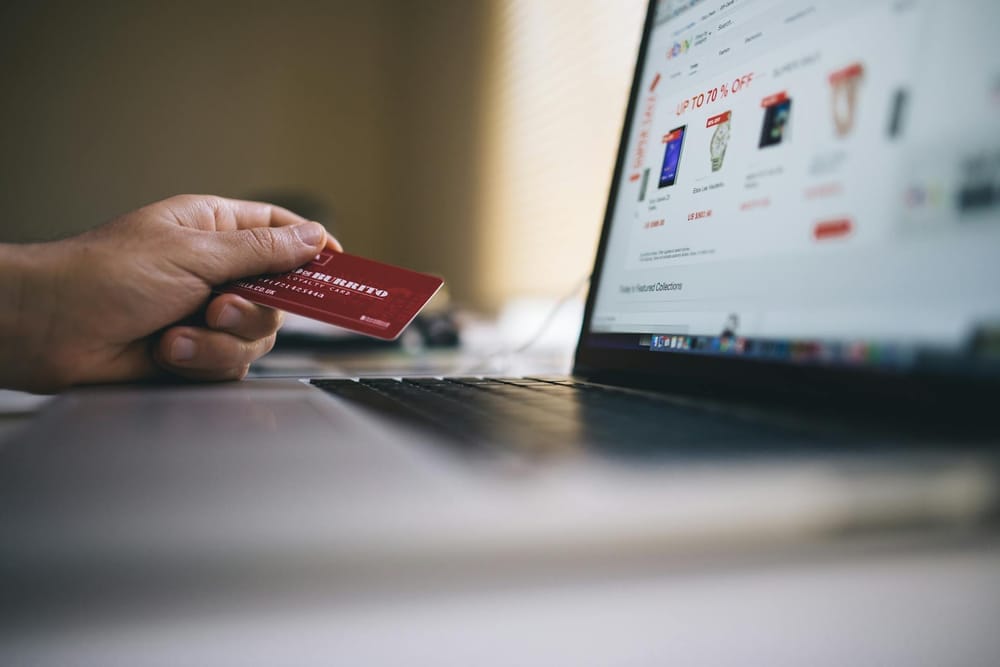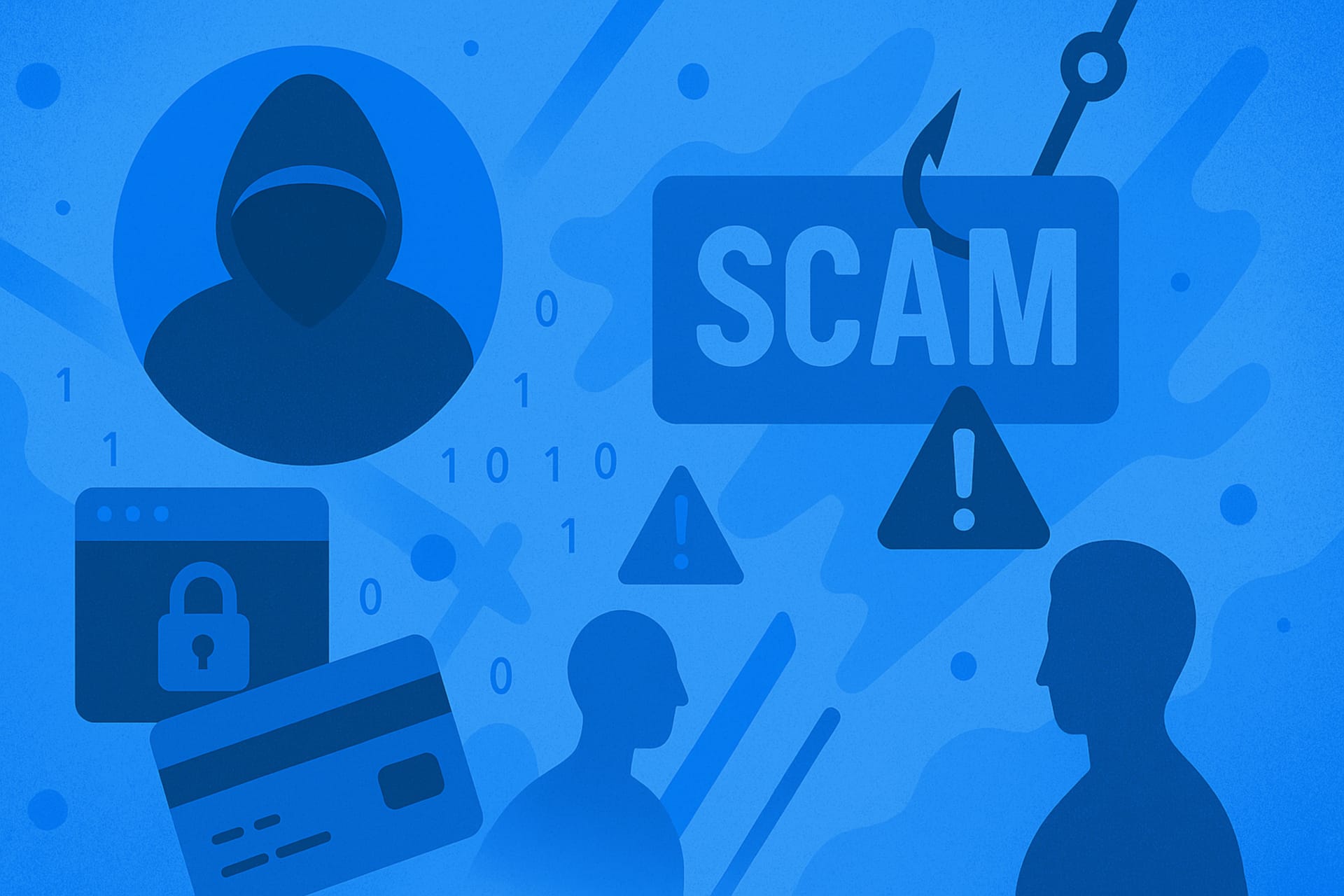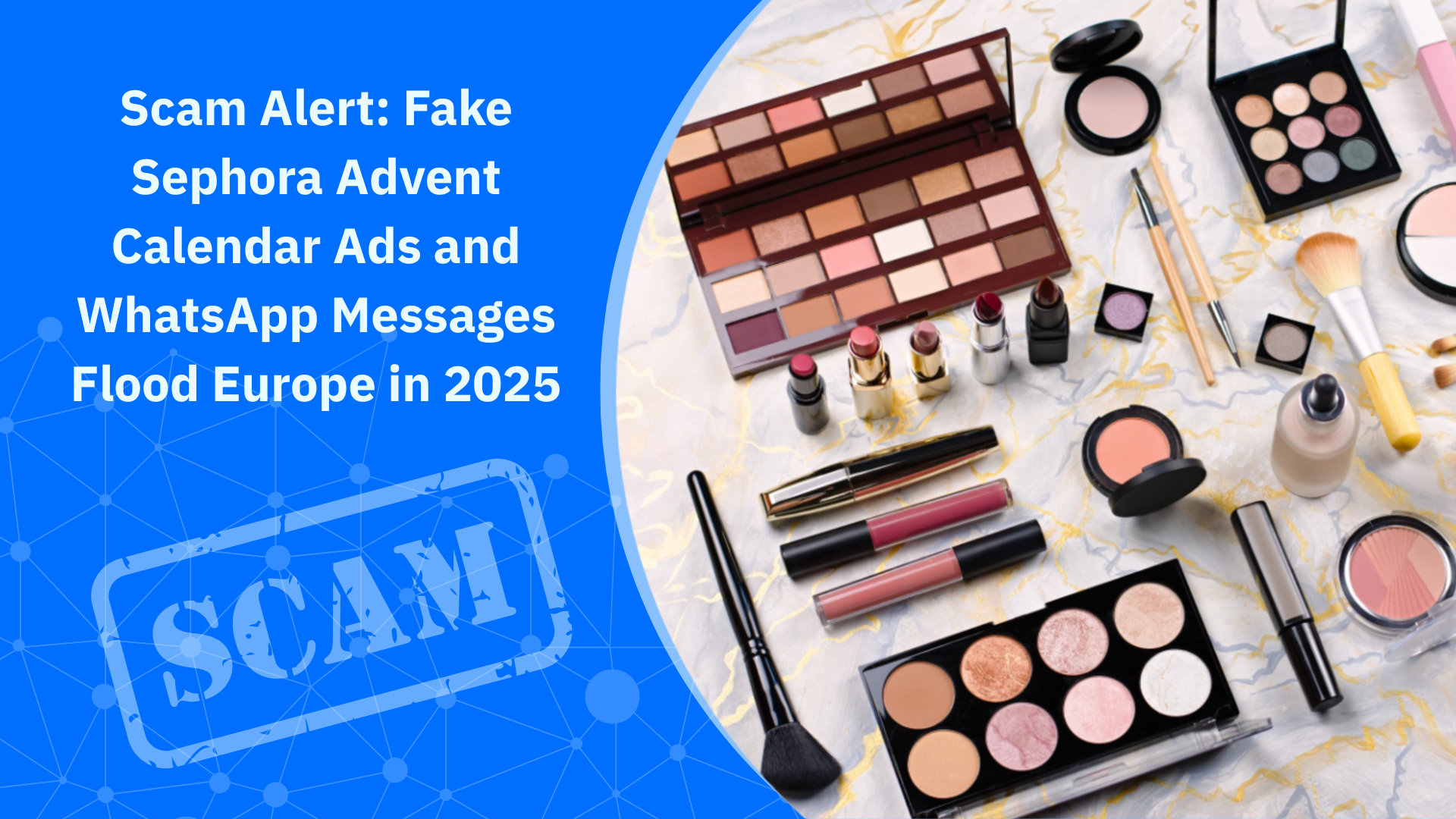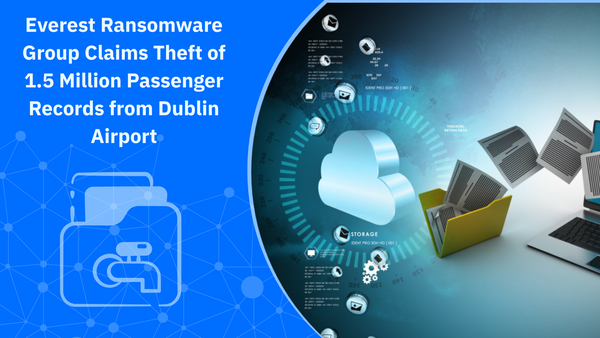Digital Minimalism for Maximum Safety: Five Easy Steps to Shrink Your Online Footprint

In our hyperconnected world, convenience often trumps caution. We sign up for new services in seconds, broadcast our lives on social media, and rarely consider what we leave behind.
This trail – known as your digital footprint – is the sum of your online presence, both intentional (like posts and accounts) and unintentional (like metadata and tracking logs).
While some digital exposure is unavoidable, an oversized footprint can make you a prime target for scams, identity theft, and reputation damage.
The good news? You can take control. In today’s guide, we outline five simple ways to shrink your digital footprint – and real-world examples of what can happen when you don’t.
1. Limit what you share on social media

Oversharing about yourself makes it easy for attackers to piece together sensitive information. Social media is a goldmine for criminals looking to steal identities or tailor phishing attacks.
The Robin Sage experiment
In 2009, a security researcher created a fictional online persona named Robin Sage. She claimed to be a cybersecurity analyst working for the US Navy. Despite her fake identity, hundreds of people connected with her on LinkedIn and Facebook, some even offering jobs or access to classified networks—all without verifying her existence. The experiment showed how easily social profiles can dupe people.
What you can do:
- Don’t engage with potentially fake (deepfake) personas created using AI – a common occurrence today.
- Set social media profiles to private.
- Think before you do anything that might expose your private life or company secrets.
- Avoid sharing your location or activity in real time.
- Refrain from posting documents or photos with personal info visible (like IDs or tickets).
- Regularly audit old posts and delete what’s no longer necessary.
2. Delete unused accounts

Every online account is a potential access point. Forgotten services often have outdated security, weak passwords, or unpatched vulnerabilities. You may not use them anymore, but hackers might.
The 2012 Zappos breach
Although the breach affected active users, many victims hadn’t accessed their accounts in years. Hackers stole names, email addresses, and partial credit card data, showing how even dormant accounts can expose you.
What you can do:
- Search your inbox for keywords like “welcome,” “verify,” or “confirm” to locate old signups.
- Use tools like JustDelete.me to find and remove dormant accounts.
- If you can’t delete an account, at least remove personal information and disable notifications.
- Use a data monitoring service like Bitdefender Digital Identity Protection, which lets you know if your data has been caught up in a breach, compromised, or leaked online, and tells you the risks you face and how to protect yourself.
3. Use a password manager and stop reusing credentials

Reusing one password across multiple accounts means a breach on one service can unlock the doors to all your others. The more accounts you have, the more dangerous this becomes.
Credential stuffing attacks on Zoom (2020)
In the early months of the pandemic, Zoom faced credential stuffing attacks – where attackers leveraged reused username-password pairs from previous data breaches to hijack Zoom accounts. Many victims had never been hacked on Zoom itself; they simply reused passwords from other compromised sites.
What you can do:
- Use a password manager to generate strong, unique passwords, and lock them all behind a single master password – meaning you only have to remember one password.
- Enable two-factor authentication (2FA) wherever possible.
- Periodically change passwords for critical accounts (email, banking, cloud storage).
4. Avoid connecting every app and service

Clicking “Sign in with Google” or “Connect with Facebook” may be convenient, but it also gives third-party apps access to your data – sometimes more than you realize. If those apps are compromised, your information is at risk.
Facebook–Cambridge Analytica scandal (2018)
Cambridge Analytica harvested data from millions of Facebook users via a personality quiz app. Even users who never used the app had their data siphoned off simply because their friends had used it. The scandal exposed how interconnected apps can compromise privacy.
What you can do:
- Use unique logins instead of social sign-ins whenever possible – give yourself an incentive to do so by using a password manager.
- Review and revoke unnecessary app permissions regularly.
- Limit the data you allow apps to access—especially contacts, location, and media.
5. Request data removal from people search sites

Data broker websites collect and sell your personal information – often including your home address, phone number, and relatives’ names. This data is accessible to marketers, scammers, and even stalkers.
Doxxing
In numerous doxxing cases – where individuals’ private details are made public online – data brokers were the primary source of information. Victims faced harassment, swatting, and threats because their addresses were easily found online.
What you can do:
- Search for your name on people-finder websites and follow their opt-out procedures.
- Consider services like DeleteMe to automate removal.
- File requests under data protection laws like GDPR or CCPA, if applicable.
- Use Bitdefender Digital Identity Protection to check what personal info you have out there for the world to see, and to learn how to protect yourself.
Digital minimalism is digital safety
Reducing your digital footprint isn’t about going off-grid. It’s about making intentional decisions to protect your privacy and security. Every account you delete, every permission you revoke, and every piece of data you withhold makes you a harder target.
Start small – delete one old account today, audit one app’s permissions tomorrow, and so on. Over time, you’ll build a stronger, leaner, more secure digital presence. In an age where data is currency, digital minimalism isn’t just wise – it’s essential.
You may also want to read:
Every Click Leaves a Mark: Understanding Your Digital Footprint and How to Protect It
What to Do if Your Data Gets Caught in a Breach
Outwit the Swindlers: How to Spot Sophisticated Scams Online
tags
Author
Filip has 17 years of experience in technology journalism. In recent years, he has focused on cybersecurity in his role as a Security Analyst at Bitdefender.
View all postsRight now Top posts
1 in 7 Consumers Got Scammed in the Past Year – Bitdefender Consumer Cybersecurity Survey 2025
November 21, 2025
Scammers Exploit Hype Around Starbucks Bearista Cup to Steal Data and Money, Bitdefender Antispam Lab Warns
November 18, 2025
Scam Alert: Fake Sephora Advent Calendar Ads and WhatsApp Messages Flood Europe in 2025
November 17, 2025
ClickFix Malware Chain Expands: Fake TradingView and Sora 2 Ads On Meta Now Target macOS Users
November 17, 2025
FOLLOW US ON SOCIAL MEDIA
You might also like
Bookmarks






